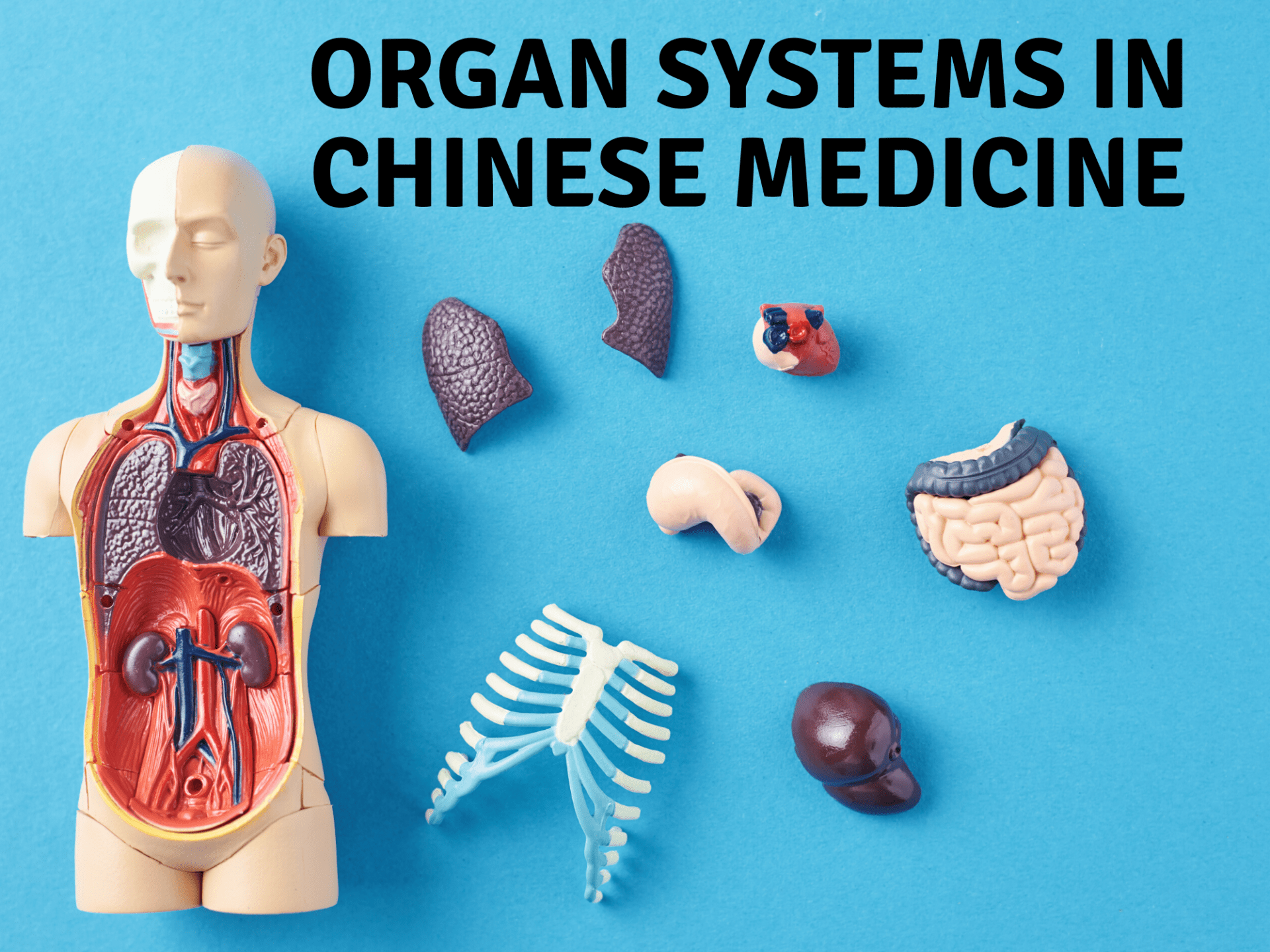This is one of the most important articles. However, it is also one of the most confusing.
In Chinese Medicine (CM) and Western Medicine (WM), we often hear the same names of internal organs such as heart, kidney, liver, etc. However, in the context of CM and WM, it means totally different things!
That is why when people go see CM doctors, they often get confused! That’s because although they are using the same term as in WM, they do not actually mean the same thing!
Therefore I recommend when studying about internal organs in the context of CM, please forget the concept you have learned in WM. Just view it as a completely new word to you and it will be much easier to understand.
Why are the organs important?
The main function of the organs is to ensure the production, maintenance, replenishment, transformation and movement of the essential substances in our body. Therefore allowing us to have physiological activities and survive.
For example, the heart allows us to pump blood and supply nutrients to all parts of our body, lung allows us to breathe, stomach allows us to digest food, etc.
Without a functioning organ, humans cannot survive.

Organ Types
There are three types of Organs in Chinese Medicine.
1. Zang Organs
The Five “Zang Organs” is responsible for the maintenance of life activities by storing the “Essential Substances”. “Zang” in Chinese means ‘to store’.
The Five Zang Organs include the “Heart”, “Liver”, “Spleen”, “Liver”, and “Kidney”.
Everything in the body is holistic and linked to one another. The below shows a table that links the five “Zang Organs” to different correspondents of the body.
| Five Zang Organs | Five Elements | Five Constituents | Five External Manifestations | Five Sensory Organs | Body Fluids | Emotion |
|---|---|---|---|---|---|---|
| Liver | Wood | Tendon | Nails | Eyes | Tears | Anger |
| Heart | Fire | Vessel | Face | Tongue | Sweat | Joy |
| Spleen | Earth | Muscle | Lips | Mouth | Saliva | Contemplation |
| Lung | Metal | Skin | Body Hair | Nose | Snivel | Grief |
| Kidney | Water | Bone | Hair | Ears | Spittle | Fear |
2. Fu Organs
The Six “Fu Organs” is responsible for the receiving and digesting of food & water, absorbing the nutrients and discharging the waste. In order words, the “Six Fu Organs” is responsible for the Transportation and Transformation of food & water.
The pure essential substances that are refined from food and water are then transported to the “Zang Organs” for storage.
The “Six Fu Organs” have characteristics of hollowness, meaning it has to be hollow and unobstructed to descend the food & water down the digestive tract.
The Six Fu Organs include the “Stomach”, “Gall Bladder”, “Small Intestine”, “Large Intestine”, “Bladder”, “Triple Burner”.
3. Extraordinary Fu Organs
The “Extraordinary Fu Organs” has similar functions as the “Five Zang Organs” (Storage of Essential Substances) but similar physical form as the “Six Fu Organs” (Hollowness). Therefore it is called the “Extraordinary Fu Organs”.
The six “Extraordinary Fu Organs” include the “Brain”, “Marrow”, “Bone”, “Vessels”, “Gallbladder” and “Uterus”.
The details of each of the organs will be introduced in the next seven articles.
Difference between Organs in Chinese Medicine and Western Medicine
One point should be made crystal clear is that Chinese medicine (CM) is a unique medical system totally different from Western Medicine (WM). Therefore the same terms we often see in both CM and WM such as the heart, the liver, etc. actually have totally different meanings.
1) Functional instead of Anatomical
In WM, an organ is a collection of tissue that is joined in a structural unit to serve a common function. Organs in WM is anatomical.
However, in CM the organs are quite beyond the range of anatomical morphology. The organs in CM does not only include part of the functions of the organs with the same name in WM but also covering certain functions of other related organs.
The organs in CM are not just the conceptions of anatomy, but synthetic functional units. i.e. It is more about the functions of a particular system rather than just an organ itself.
For example, the “heart” in WM means the anatomical organ heart. But the “heart” in CM actually means the “heart system” which includes not only the anatomical organ heart, but also the circulation system (The vessels) and certain functions of the brain.
2) Holistic connection
In CM the connection between the organs are important. Each of the five zang-organs is closely related to a corresponding fu-organs, which is connected by “channels”.
Furthermore in CM, anything that is happening in the interior of the body must have some manifestations on the exterior. Therefore by observing the outward manifestations (such as Facial Color, Emotions, Body type, etc.), you can determine the health state of internal organs.
More will be discussed in future articles.
So which one is right? WM or CM?
The answer is they are both right! They are just looking at the body from different angles. And the different point of views both has strength and weaknesses. Therefore it is a very good opportunity for CM and WM doctors to work together and serve one purpose – help people attain optimal health.
In the next article, I will introduce you to the first Five Zang Organ – Heart.
Do you find the organ systems in CM interesting? Comment below.


Leave a Reply